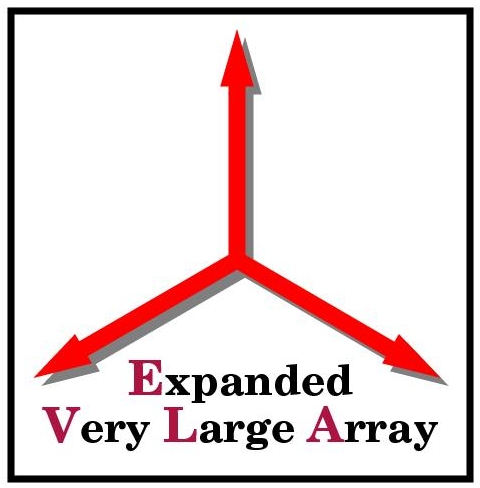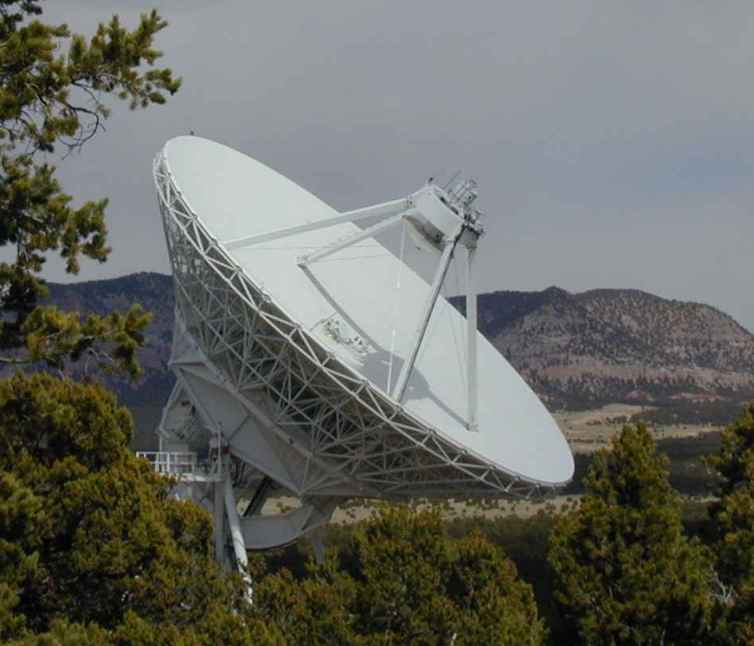The Expanded VLA Project

|
The Expanded VLA Project:
A Radio Telescope to Resolve Cosmic Evolution
Phase II
|
 |
|
AU-scale imaging of local star forming regions and proto-planetary disks
Resolving the dusty cores of galaxies to distinguish star formation from black hole accretion
Imaging at the highest resolution at any wavelength of the earliest galaxies (z~30)
Imaging of galaxy clusters with 50 kpc or better resolutions at arbitrary redshifts
Imaging of thermal sources at milliarcsecond scales
Resolving individual compact HII regions and supernova remnants in external galaxies as distant as M82
Tying together the optical and radio reference frames with sub-milliarcsecond precision
Measuring accurate parallax distances and proper motions for hundreds of pulsars as distant as the Galactic Center
Providing 50 pc or better resolution for galaxies at any redshift
Monitoring and imaging the full evolution of the radio emission associated with X-ray and other transients
|
Resolution:
Angular resolution improvement
by an order of magnitude (better than 10 mas at 18 to 50 GHz), providing tens of Kelvin brightness temperature
sensitivity.
Fidelity:
Fast, high fidelity imaging of low-brightness (~10 microKelvin) emission
with tens of arcseconds angular resolution of objects whose extent exceeds the antenna primary beam.
Phase II - Technical Advances
Eight new antennas, providing baselines up to 350 km
Modification of Pie Town and Los Alamos VLBA antennas for full compatibility
Connection of the new and upgraded antennas to the WIDAR correlator by fiber-optic lines
Construction of compact E configuration, providing baselines from 30 to 250 meters
Real-time correlation of the new and upgraded antennas with the other 27 using the WIDAR correlator
Implementation of WIDAR design to allow correlation of disk recorded data from VLBA antennas with real-time
data
|


